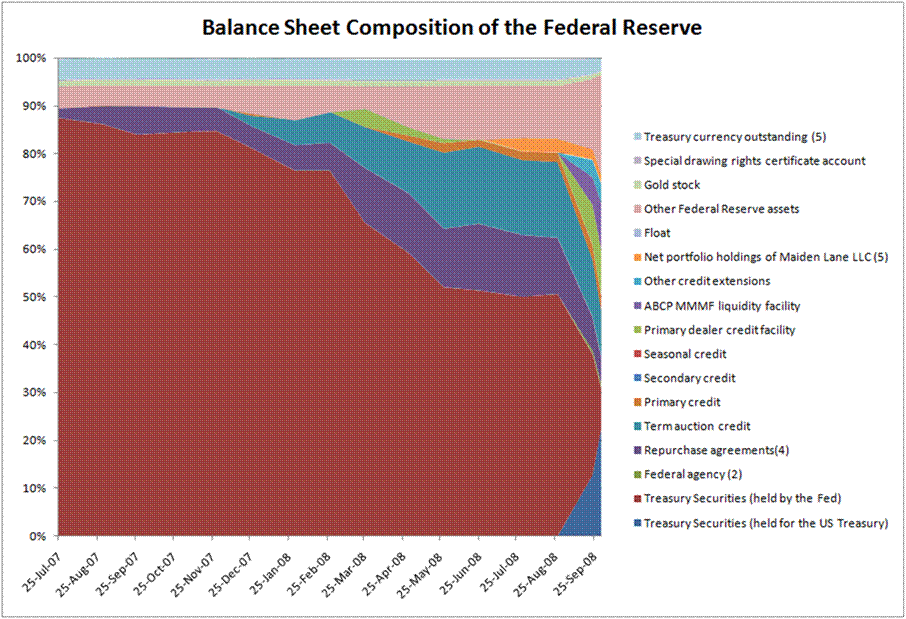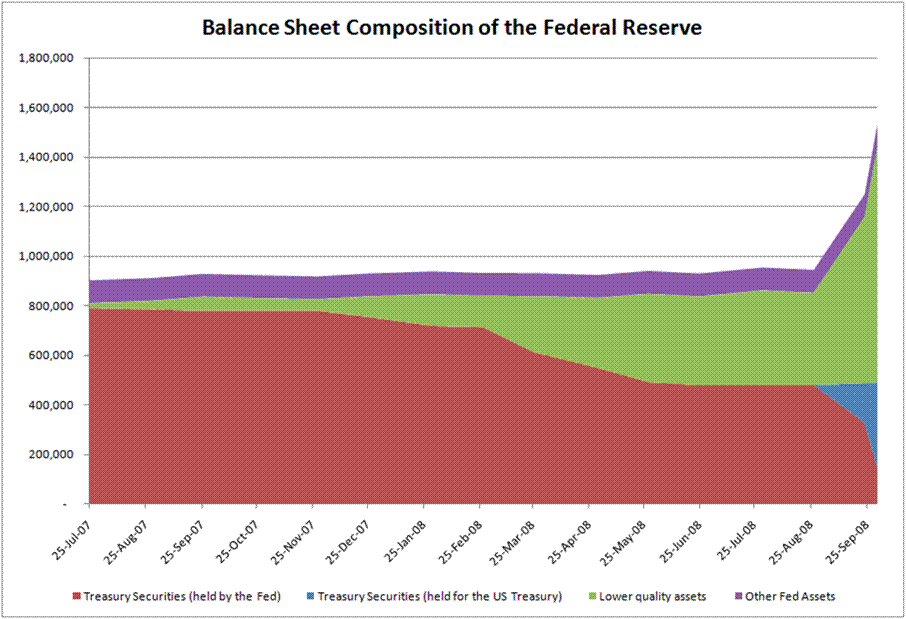Industries Don’t Learn From Each Other on Credit Issues
As usual, my friend Caroline Baum wrote another good piece on the credit crisis called Anatomy of Crisis Starts With Skewed Incentives.? I want to take her idea, and run with it a little, because the insurance industry has faced similar problems.
In the P&C insurance industry, there has often been the problem of “giving away the pen.”? For those not familiar, that means letting someone else make the underwriting decision, while you accept the policy onto your books.? Why might a company do that?? Simple — they see opportunity in some neglected market where an experienced Managing General Agent says he has a program that is very effective.? Unfortunately in the old days, the MGA would get compensated on sales, and modestly on underwriting results.? As Caroline put it: skewed incentives.
Anytime you offer significant money for sales without some significant underwriting check, you are asking for trouble.? The agents will write all that they can.? One of my greatest successes in business was designing a compensation formula for pension representatives that aligned their incentives with the company’s profitability.? Worked well for four years, and that was a lifetime in this business.
On another level, we can consider the issue of credit triggers.? Credit triggers are designed to deal with small issues, not large ones.? Anytime credit triggers can be so big as to bring a company down, the company should refuse to enter into such a course of business.? But where have we seen this before?
- Life Insurers with fixed rate GICs (early 90s)
- Life Insurers with floating rate GICs (late 90s)
- Utilities in the early 2000s (think Enron-like structures)
- P/C reinsurers in the early-to-mid 2000s
With respect to the last of those, the representative from S&P and I lectured the World Insurance Forum in Bermuda in 2004 that it would not work.? Sadly, a few companies had to fail because no one changed.
Both AIG and Lehman went down because of capital calls from derivative agreements.? Anytime one puts a clause onto an agreement where more capital has to be posted on a downgrade, it sets up a cliff, and wise companies don’t set up the cliff.? Normal companies stay away from the cliff.? Dumb companies get pushed over the cliff, and complain about shorts before the failure, and creditors after the failure.
Our current credit crisis boils down to two factors: excessive leverage, and lousy underwriting standards.? Those resulted from a system that rewarded mortgage origination without much adjustment for credit quality.? Now we suffer for it, while bad debts get liquidated, or inflated away.




